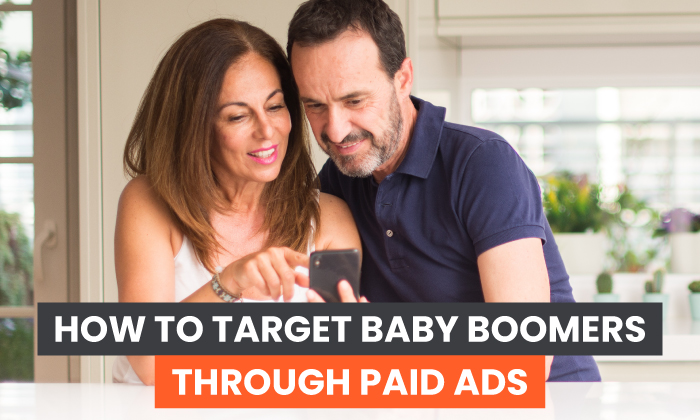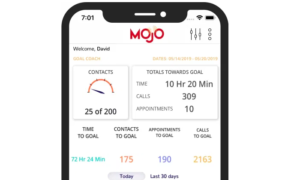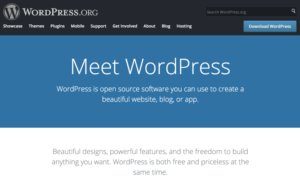The baby boomer generation may seem like an afterthought when you put together the target audience for your paid marketing campaigns, but they still hold a lot of the country’s wealth and remain a key purchasing demographic.
When Was the Baby Boomer Generation Born?
Baby boomers were born between 1946 and 1964. This generation still makes up a large portion of the population, with a 23.5 percent share as of 2019. In fact, they were the largest generation in history until millennials surpassed them.
The baby boomers have had a huge impact on social and economic policy and were the target audience for many marketing and advertising campaigns for decades.
The term “baby boomers” actually comes from the fact that there was a high birth rate following the soldiers’ return from World War II. As a result of their high numbers and growth to adult age during a time of economic prosperity, they’re also considered one of the most financially successful generations of all time.
What is Different About the Baby Boomer Generation?
This article focuses on the best strategies to deliver paid ads and marketing campaigns to boomers. To do this, you need to understand the generation’s personality traits, interests, and habits.
Keep in mind that the majority of this generation is reaching retirement age.
Their retirement may look much different than previous generations though. As many as 65 percent do not plan to retire. This is not just due to financial hardship; many enjoy their work, find their work time valuable, and think it’s important to stay active and involved to remain youthful.
They’re also more likely to spend money than previous generations. Their parents and grandparents were pretty tight with their pennies due to growing up in the Depression-era.
Compared to younger generations, boomers may be a bit slower to adapt to technology, and rightfully so. Many still use a landline and write checks rather than using debit cards.
They also don’t have the same trust in technology as younger generations. While younger generations accept that the internet poses a security risk (and are fine with it), many boomers haven’t felt the need to take the risk.
As a result, trust-building is far more important than design and aesthetics. Trust, brand loyalty, reputation, and security are critical to paid ad campaigns targeting baby boomers.
Why You Should Target Baby Boomers Through Paid Ads
Why even target this generation, to begin with? Why not focus on millennials and Gen-X instead?
It’s because this generation still makes up a large portion of the population.
They also possess a lot of the country’s money and are working past retirement age, which means they’re still spending.
Interestingly enough, they’re the only generation experiencing growth in the workforce, so their influence on the economy is still very real. Plus, 40 percent are starting to spend money online, which opens the doors to more opportunities.
The big question is, do you own a business that could potentially benefit from targeting baby boomers? What are their interests as of right now, and what types of products are they buying? Keeping in mind these individuals are between ages 57-75, what are some baby boomer marketing characteristics you should implement?
First, any business providing accurate and actionable financial opportunities could be one. We find more of this generation is still looking for opportunities at an older age, and the days of “sitting on the front porch retirement” are over.
Businesses selling products to help seniors stay in their homes or help make their lives easier will also have a better shot at selling to this generation.
It’s less about what you’re selling and more about how you sell it.
Strategies for Targeting Baby Boomers Through Paid Ads
First and foremost, keep ethics in mind at all times. There are so many slimy methods of marketing to people who are not as “tech-literate.” You don’t want to go that route. There are too many great ways to provide baby boomers with value while also growing your brand.
Marketing to baby boomers is all about trust, brand, reputation, simplicity, and transparency. Keep these five factors in mind as we go through the next few sections.
1. Target the Social Platforms Baby Boomers Use the Most
Most baby boomers are on Facebook, YouTube, and Pinterest, so you’ll want to focus on these three platforms.
Facebook has a vast assortment of ads and ad types you can use like carousel ads, videos, static images, sidebars, and pre-roll ads. Each of these has its time and place, but you want to make sure it’s not too intrusive. Keep in mind that “click-bait” will not work with boomers because they won’t trust you.
Remember, this generation grew up with infomercials, the ultimate bait and switch.
If you’re advertising on YouTube, think about what this person may be doing on YouTube when they see your ad. What are they watching? What are they looking up? One in three use YouTube to learn something. They’re not wasting the day away watching videos for entertainment like younger generations might.
Many of them also turn to YouTube to save time. They’re learning that they can quickly look something up on YouTube to get the information they want, rather than sifting through dozens of TV channels trying to find the right media source.
They want to save time and learn something.
2. Use Themes in Your Paid Ads That Appeal to Trends in the Boomer Generation
Marketing to baby boomers is all about appealing to their feelings and emotions. The same is true with any generation.
What are they feeling?
We know a majority likely have grandchildren, so they might be online looking for activities to do with their grandchildren or for gifts.
Many of them aren’t retiring any time soon, so they may be looking for solutions to make their working retirement more enjoyable. This could be something to save time or help them learn a new skill they can turn into a side-income during their retirement.
Lastly, Boomers don’t want to rely on their children as much as other generations. They value independence, they want to stay in their homes, and they don’t like when people classify them as “senior” or “elderly.”
3. Create a Simple-to-Use Paid Ad Strategy
The Baby Boomer target market didn’t grow up with technology, smartphones, retargeting ads, or artificial intelligence. No matter what way you look at it, they’re not going to possess the skills necessary to understand a complicated ad.
If you overcomplicate it, you’re going to lose interest.
You need to make sure the entire experience from front to back is simple, quick, trustworthy, and as transparent as possible. Take a walk through your entire funnel or sales process and look for areas where Baby Boomers may get tripped up.
Your price should be front and center, right at the beginning. Do not try to bait them in with videos to entice them, it won’t work. Your ad needs to be straightforward.
Essentially, “this is what I’ve got, this is how much it costs, and this is how you get it.”
3. Use Baby Boomer Language in Your Paid Ads
Avoid terms like elderly, senior citizen, golden years, aging, etc. They don’t relate to this language because most boomers don’t see themselves this way. They’re not looking to unwind and relax like previous generations. Boomers still possess a strong zest for life, so they may take offense to being called “old.”
This is where things get tricky. You can’t call them old, but you also don’t want to use language that is “too new.” While they’re not as out of touch as their predecessors, they’re still not up-to-date on trends and internet slang.
If they can’t understand your ad or what it is that you’re offering, they will move on. Simplicity is the goal. Advertising to boomers is actually easier because you don’t need to do anything fancy to get attention, but you still need to say the right things.
Millennials are so numb from marketing slapping them in the face that you need to be clever to grab their attention. The same doesn’t apply to boomers. For them, it’s all about trust. If they trust you, they’ll listen to you.
4. Use Different Content Types in Your Paid Ads That Appeal to Baby Boomers
This generation takes longer to make a purchase. They grew up when you had to shop in person or call and talk to a live representative to make a purchase. They wrote checks and money orders and did everything the slow way. They’re not going to respond to you talking a mile a minute about the latest and greatest product they’ve never heard before.
They’re also not going to take your word for it. You need to show them that it works. Including video as a part of your content is an important step in the right direction, as is social proof.
Boomers also value brand loyalty and think you should earn rewards for shopping specific brands and companies consistently. That’s why the majority are members of loyalty programs.
You could use this to your advantage by creating a loyalty program or offering a discount for signing up for a yearly service.
Examples of Paid Ads Targeted at Baby Boomers
Let’s take a look at some examples and break them down so you can see what we’re talking about in action.

As you look at this first ad, do you think that it will work for people in the baby boomers years?
Probably not.
They likely won’t get it, understand why the person has a beard, or get what the objective is here.
We might realize they’re saying you need a great razor to clean yourself up so you’ll get kissed but it’s a reach. An ad like this may be too “modern” for the older generation.
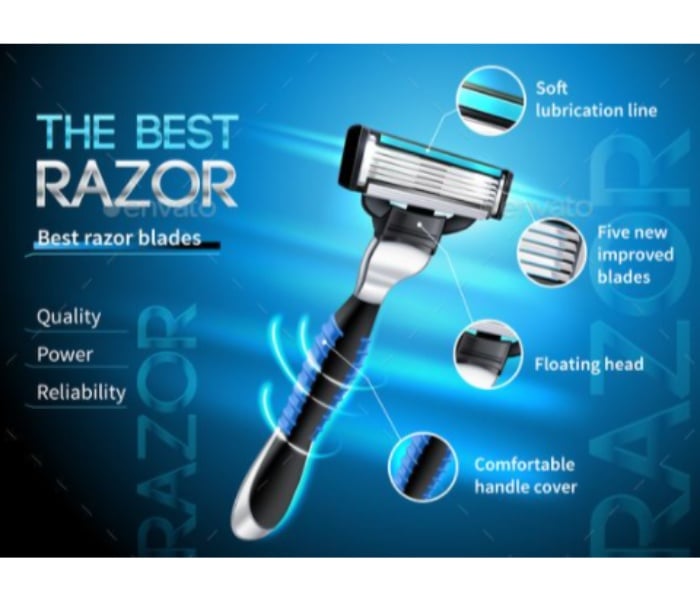
Here’s a perfect example where keeping it simple wins. There’s nothing creative about this ad. It’s plain and simple.
The ad tells you that it’s the best razor and here’s why. The only thing that could be better is a description of how many razors you get, how much they cost, and how long they last on average.
Transparency wins over cute and cliche.
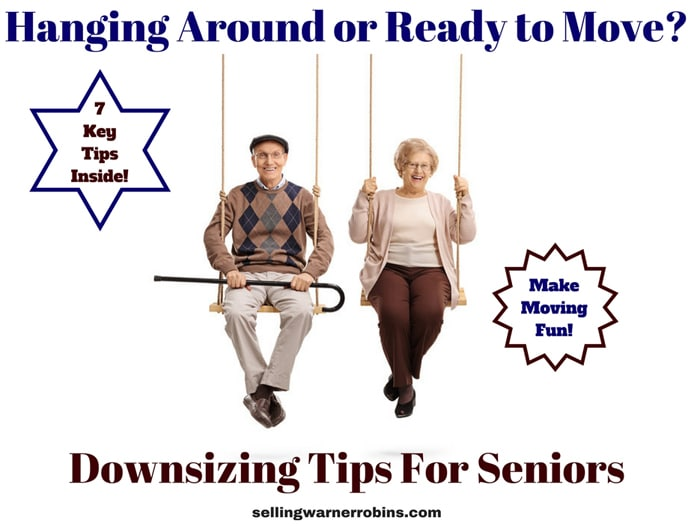
How about this ad? Any idea why we think it’s a bad choice for boomers? They made the people look so old with a cane, the way they’re dressed, the use of the word “senior,” and the fact that they said, “make moving fun.”
This ad is patronizing and shows baby boomers in a way they don’t see themselves. The truth is, most are still quite active.
Conclusion
Understanding how to market to Baby Boomers is still a relevant topic and we believe it will be for another decade or so. This generation still holds a large economic share, they’re still active, and they show no signs of slowing down. The key is to focus on Facebook and YouTube.
If you’re lacking experience on these two platforms, we have a variety of resources to help you. No matter what, having a definitive buyer persona is the key to all marketing so start there and the rest will come.
What types of unique strategies are you using to target baby boomers? Let me know in the comments!

